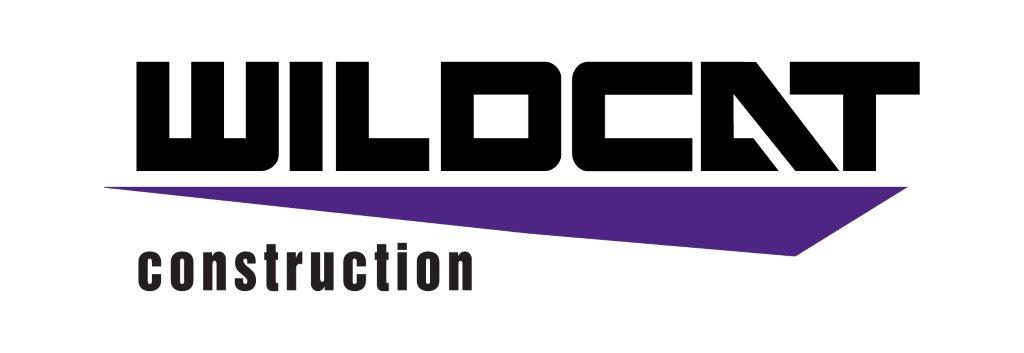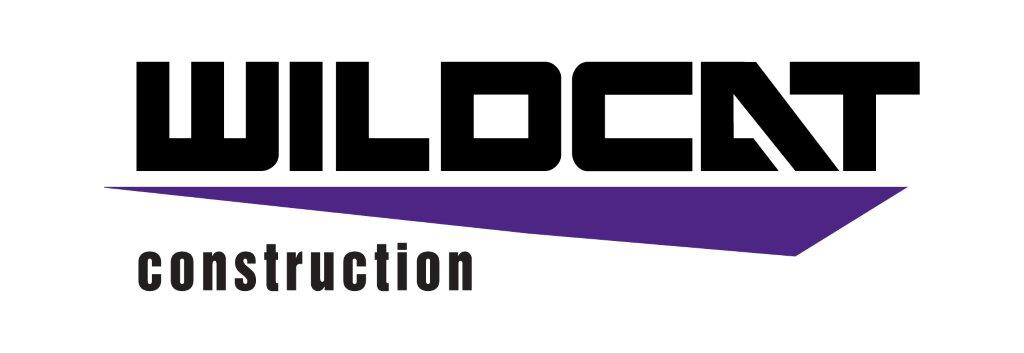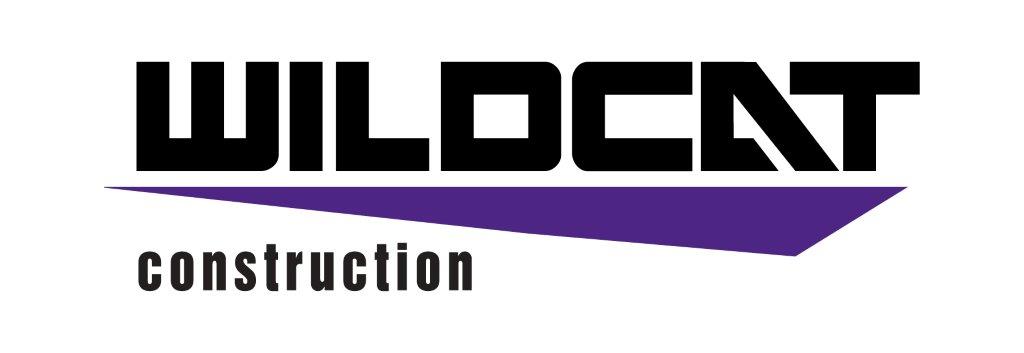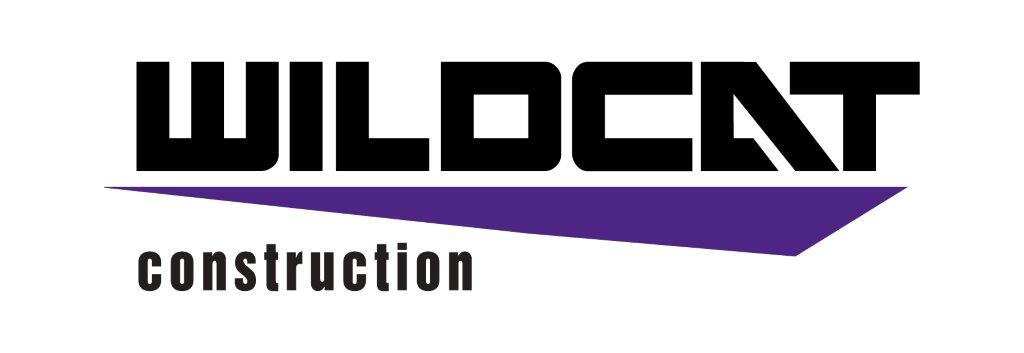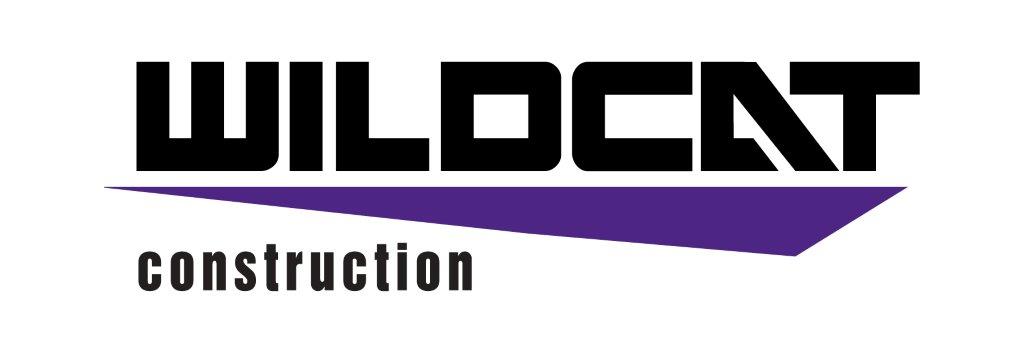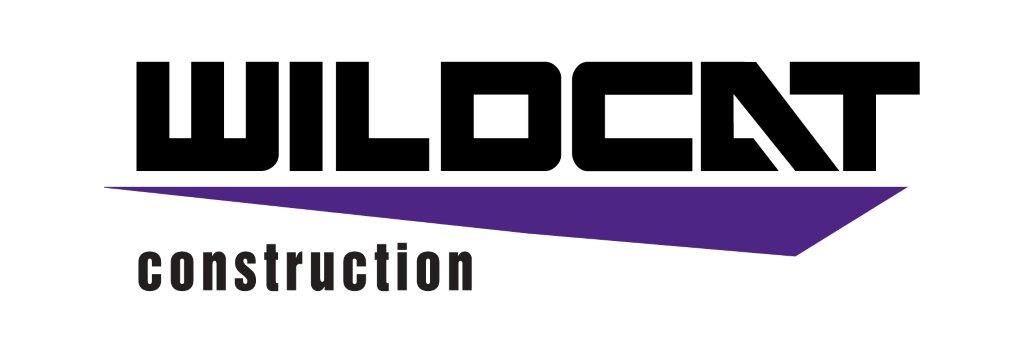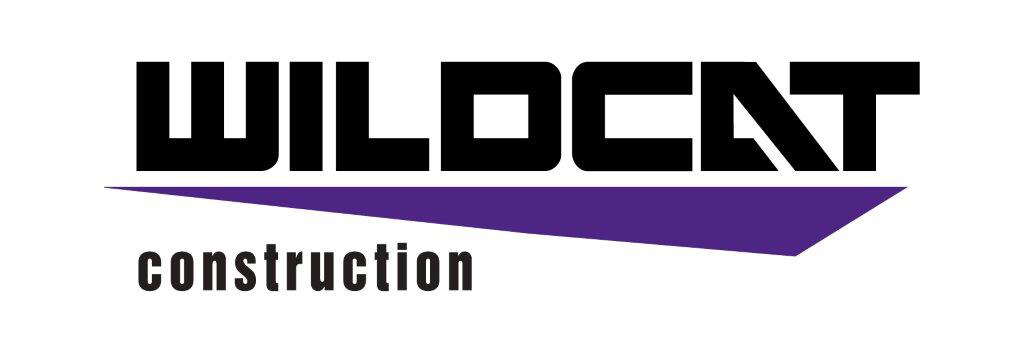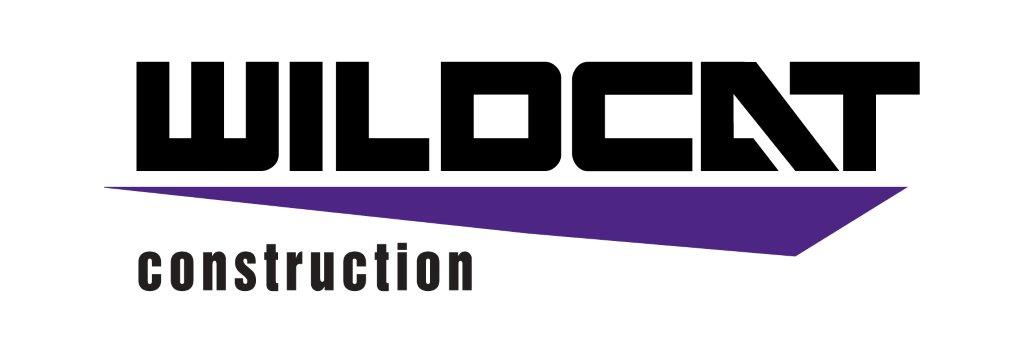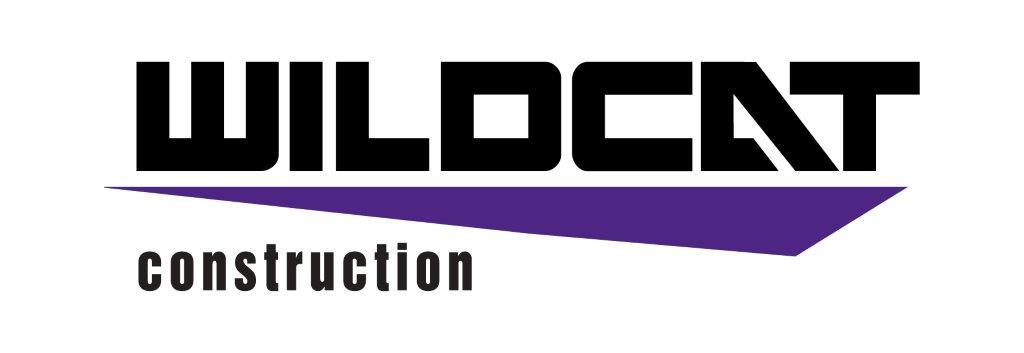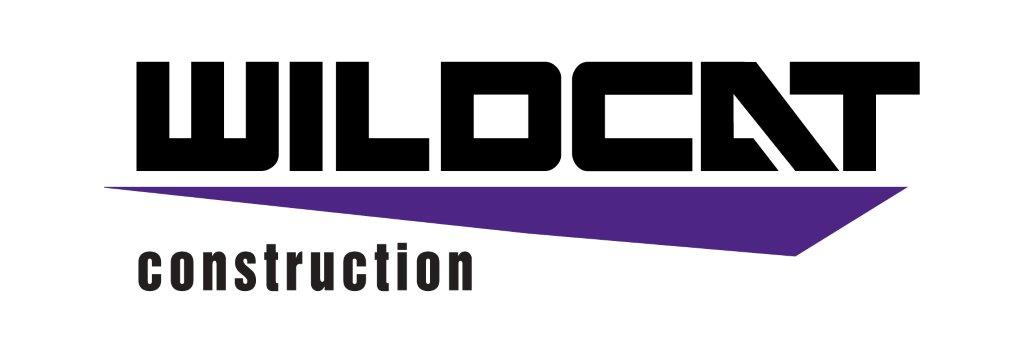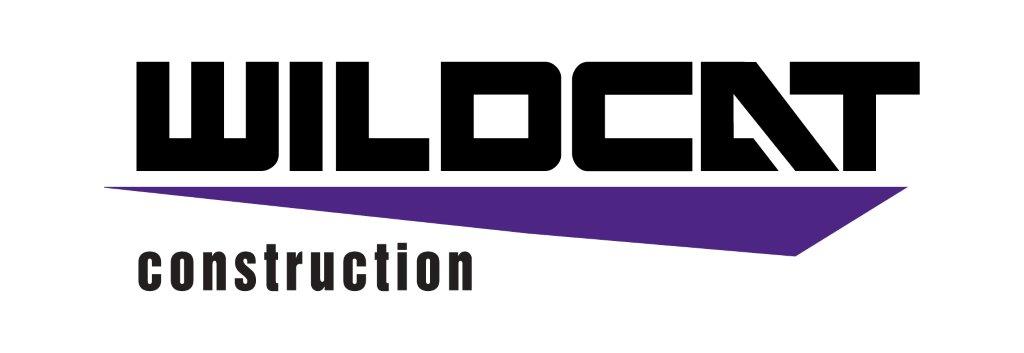Information
-
1. Project Name
-
2. Maintenance Patrol/Resresentative
-
3. SWMP Administrator
-
4. Other Attendee(s) Name and Title
-
5. Weather at time of inspection
- Sunny
- Cloudy
- Rain
- Sleet
- Snowing
- High Winds
-
5a. Temperature:
-
6. CDOT Project Number
-
7. Project Code (Sub Account #)
-
8. CDPS-SCP Certification #
-
9. CDOT Region
-
10. Date of Inspection
11. REASON FOR INSPECTION / EXCLUSION
-
Type of Inspection
- 30 Calendar Day
- Third Party Request
- Winter Conditionss Inspections Exclusion
- Other
12. SWMP MANAGEMENT
-
Are changes to SWMP documents noted and approved?
-
Are 30 day inspection reports retained in the SWMP notebook?
-
Are corrective actions from the last inspection completed?
13. DESCRIPTION OF PROJECT/SITE STABILIZATION
-
Description of Project
14. CONTROL MEASURE'S ONSITE AT TIME OF INSPECTION
-
Check Dams
- Installed
-
Embankment Protector
- Installed
-
Sediment Basin/Detention Pond
- Installed
-
Seeding
- Installed
-
Mulching/Mulch Tackifier
- Installed
-
Soil Retention Blankets
- Installed
-
Inlet Protection
- Installed
-
Outlet Protection
- Installed
-
Other
-
Other
15. CONSTRUCTION SITE ASSESSMENT & CORRECTIVE ACTIONS
-
The construction site perimeter and re-vegetated areas that are exposed to precipitation shall be inspected for erosion and the evidence of, or the potential for, pollutants leaving the CDOT right of way, entering the stormwater drainage system, or discharging to state waters. If there is evidence of sediment or other pollutants discharging from the site, see section 17 (Construction Site Assessment)
All erosion and sediment control practices identified in the SWMP shall be evaluated to ensure that they are maintained and operating correctly. Identify the condition of the BMP, using more than one letter if necessary: (I) Incorrect Installation; (M) Maintenance is needed; (F) BMP failed to operate; (A) Additional BMP is needed; (R) Remove BMP. Keep copies of this blank page for additional room if needed.
Continuous maintenance is required on all BMP's. BMP's that are not operating effectively, have proven to be inadequate, or have failed must be addressed as soon as possible, immediately in most cases.
Area Inspected
-
Location
-
Control Measure
- Silt Fence
- Elogs
- Aggregate Bags
- Vehicle Tracking Control (VTC)
- Erosion Control Blankets
- Check Dams
- Surface Roughening
- Road Sweeping
-
Condition
- (I) Incorrect Installation
- (M) Maintenance
- (F) BMP failed
- (A) Additional BMP needed
- (R) Remove BMP
- (I) Inadequate BMP
-
Description of Corrective Action and Preventative Measure Taken
-
Photos
-
Date Completed
16. CONSTRUCTION SITE ASSESSMENT **off site pollutant discharges are a violation of the permit**
-
(a) Is there evidence of discharge of sediment or other pollutants from the site? If yes, explain the discharge and the corrective actions in section 16 (Construction Site Assessment & Corrective Actions) or section 18 (General Notes).
-
(b) Has sediment or other pollutants discharging from the site reached state waters? If yes, see subsection 208.03(c) and Part II A.2 and 3 of the permit for reporting requirements.
-
(c) Is the amount of vegetation 70% of pre-existing vegetative cover? *If yes, notify the appropriate Region Environmental contact.
17. GENERAL NOTES
-
Notes:
18. INSPECTION CERTIFICATION
-
I certify under penalty of law that this document and all attachments were prepared under my direction or supervision in accordance with a system designed to assure that qualified personnel properly gather and evaluate the information submitted. Based on my inquiry of the person or persons who manage the system, or those persons directly responsible for gathering the information, the information submitted is, to the best of my knowledge and belief, true, accurate and complete. I am aware that there are significant penalties for submitting false information, including the possibility of fine and imprisonment for knowing violations.
-
CDOT Maintenance/SWMP Administrator
19. COMPLIANCE CERTIFICATION
-
Corrective action(s) has been taken, or where a report does not identify any incidents requiring corrective action, the report shall contain a signed statement indicating the site is in compliance with the permit to the best of the signer's knowledge and belief.
-
CDOT Maintenance/SWMP Administrator
